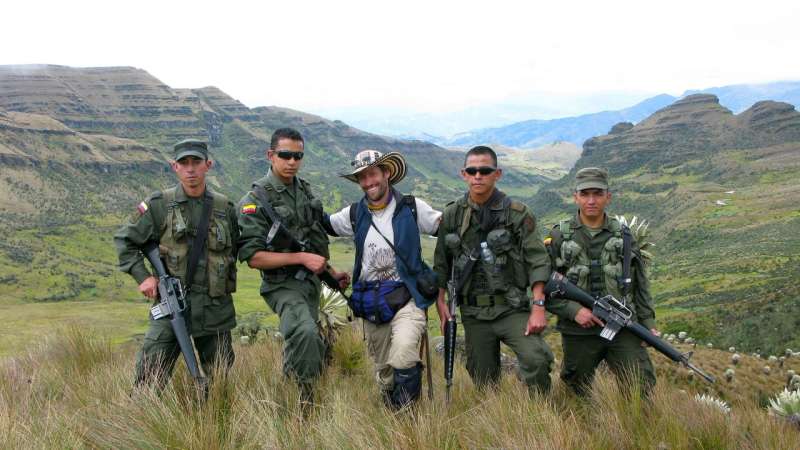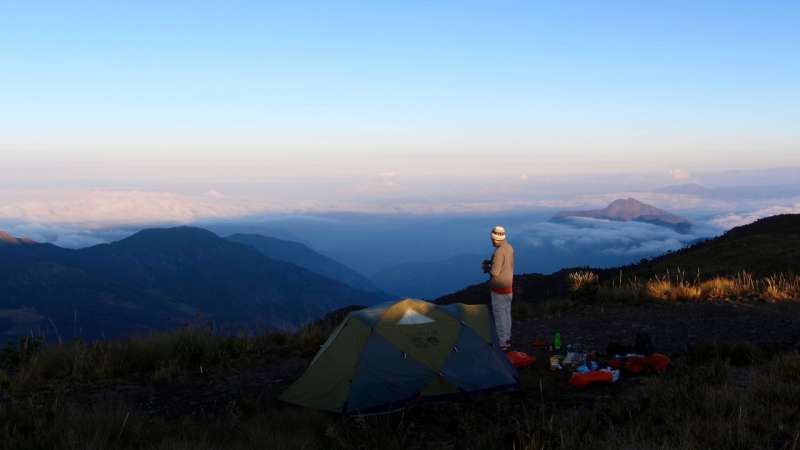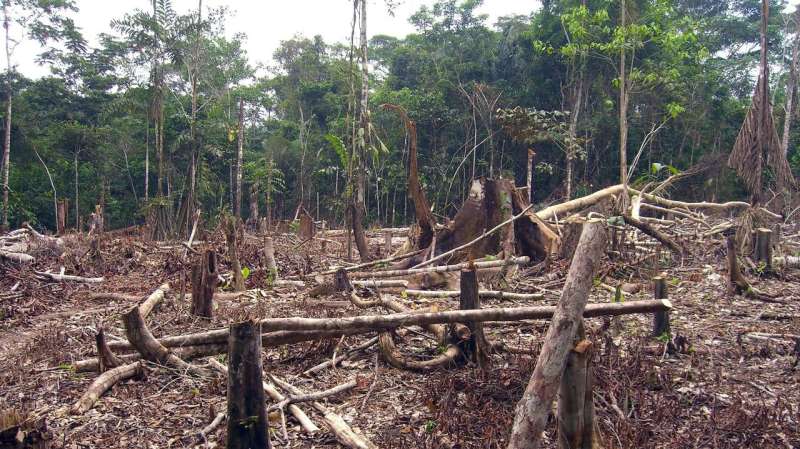Colombia—a megadiverse paradise still to be discovered

Not so long ago, Colombia was listed as a failed state. People were trapped inside cities because of the high risk of being kidnapped, and for decades armed confrontations affecting civilians happened almost every single day. As a Colombian scientist and field biologist, I learned how to carry out research under those conditions. Countless times I had dangerous encounters with the guerrillas, the paramilitaries and the anti-guerrilla forces. I was detained a few times, had friends kidnapped and even killed, and have personally faced death at very close quarters.
Today, Colombia is a different country. For the most part it is safe, probably safer than many neighbouring countries. Its economy is booming, with stable growth year after year. With the peace agreements between the Colombian government and revolutionary group FARC-EP (The Revolutionary Armed Forces of Colombia-People's Army), tourism has flourished, boosting the industry and bringing further development across the region.
A combination of improved safety in many previously inaccessible areas and rapid development has, however, been a high price for the country's natural resources. In less than two years, nearly 1.5 million hectares of natural ecosystems have been degraded (equivalent to almost two per cent of the total area) and the deforestation rate is rampant. Despite the celebrated government efforts to increase the national protected areas, the question now is how biodiversity can survive development.
Still, Colombia is considered a paradise for megadiversity. One in ten known species is found in the country, which ranks second globally in overall species richness. Based on worldwide comparisons, Colombia has the highest diversity of birds (1,937 species) and orchids (4,270) and is the second most diverse country for plants (25,163), amphibians (805), freshwater fishes (1,435) and butterflies (3,274). It is the third most diverse country for reptiles (537) and palms (288) and fourth most diverse for mammals (518). The country also ranks third in overall endemism (with at least 9,153 species that only exist in Colombia) and includes 91 types of ecosystems, from tropical deserts to some of the wettest rainforests.

In 2014, the Colombian government launched its Colombia Bio programme, aiming to lead the transformation of its economy into one based on green growth – to make sustainable use of its natural capital and rich biodiversity. The programme, established in the country's National Development Plan (2014–2018), involves collaborations with a range of national and international partners, including RBG Kew, to undertake primary research on biodiversity and ecosystem services in parts of the country as yet completely unexplored.
The 15 participants on the Seed Conservation Techniques training course in September 2017, assessing the quality of native seeds on the field trip to Páramo La Rusia in Boyacá (Image: M. Way).
In line with Kew's Science strategy, thirty-two researchers are currently involved in six funded research projects to support exploration of the biological resources of the Boyacá department (region), in the heart of the Andes.

With some of Kew's scientists currently residing in Colombia, and the first joint expeditions with our local partners underway, 2017 has proved to be a promising year so far. Various new species of grasses, legumes, sunflowers and fungi have already been found and are being characterised. With the growing network of local collaborators, we have been increasing training and capacity building, bringing closer ties between Kew's scientists and local researchers.
Colombia has still a long way to go, with at least two other groups of left-wing rebels, high levels of crime and corruption and appalling income inequality. But this is the window of opportunity to consolidate the country's transformation and development, whilst safeguarding its biodiversity. RBG Kew is developing a long-term collaboration with the Colombian government and various partner institutions to help identify, protect and promote biodiversity, supporting the sustainable use of natural resources in this megadiverse paradise.
More information: Greening peace in Colombia. Nature. www.nature.com/articles/s41559-017-0102
Biodiversity 2016 in numbers. In: BIODIVERSITY 2016. Status and Trends of Colombian Continental Biodiversity. reporte.humboldt.org.co/biodiv … ty-2016-Web-Book.pdf
Journal information: Nature
Provided by Royal Botanic Gardens, Kew
















